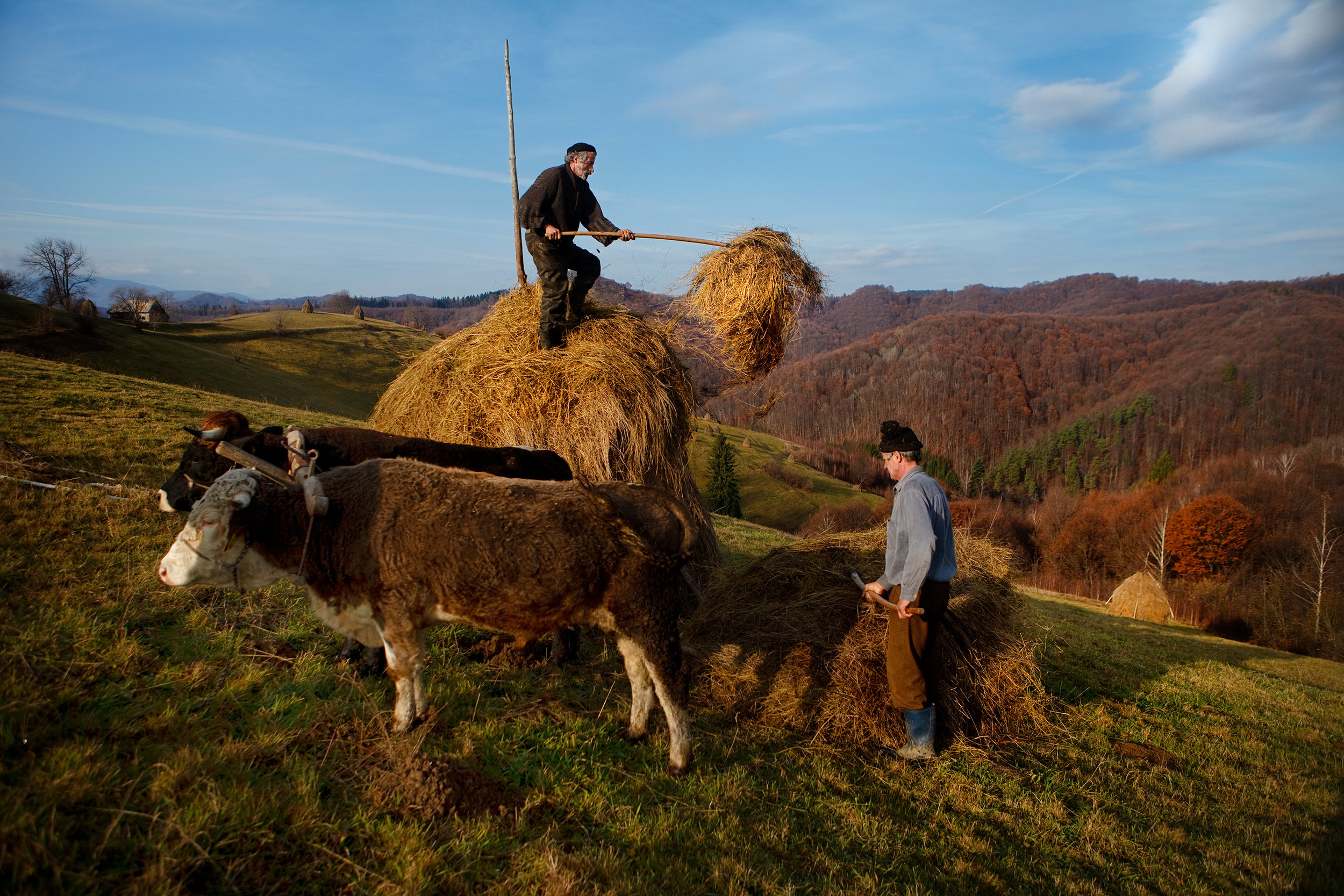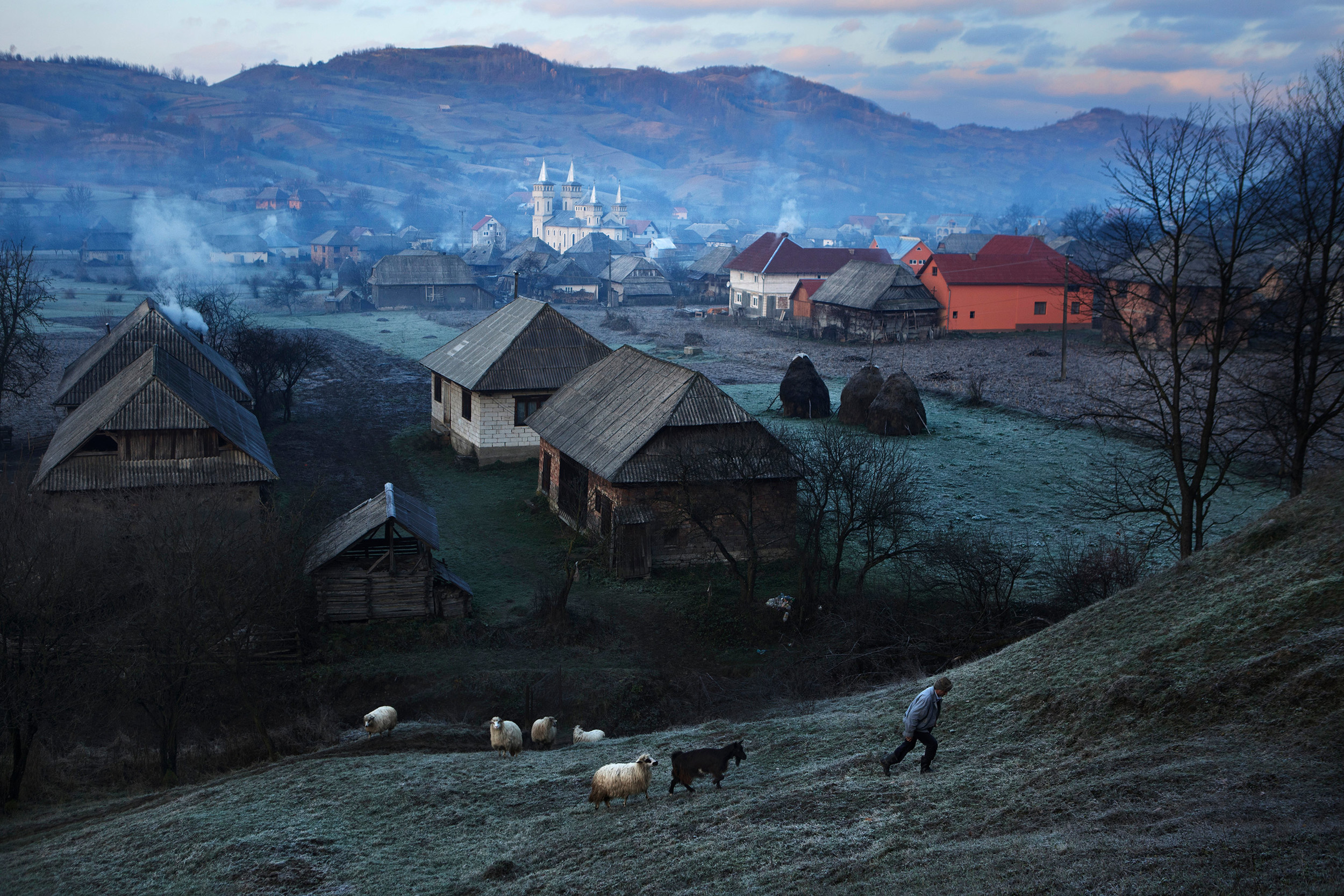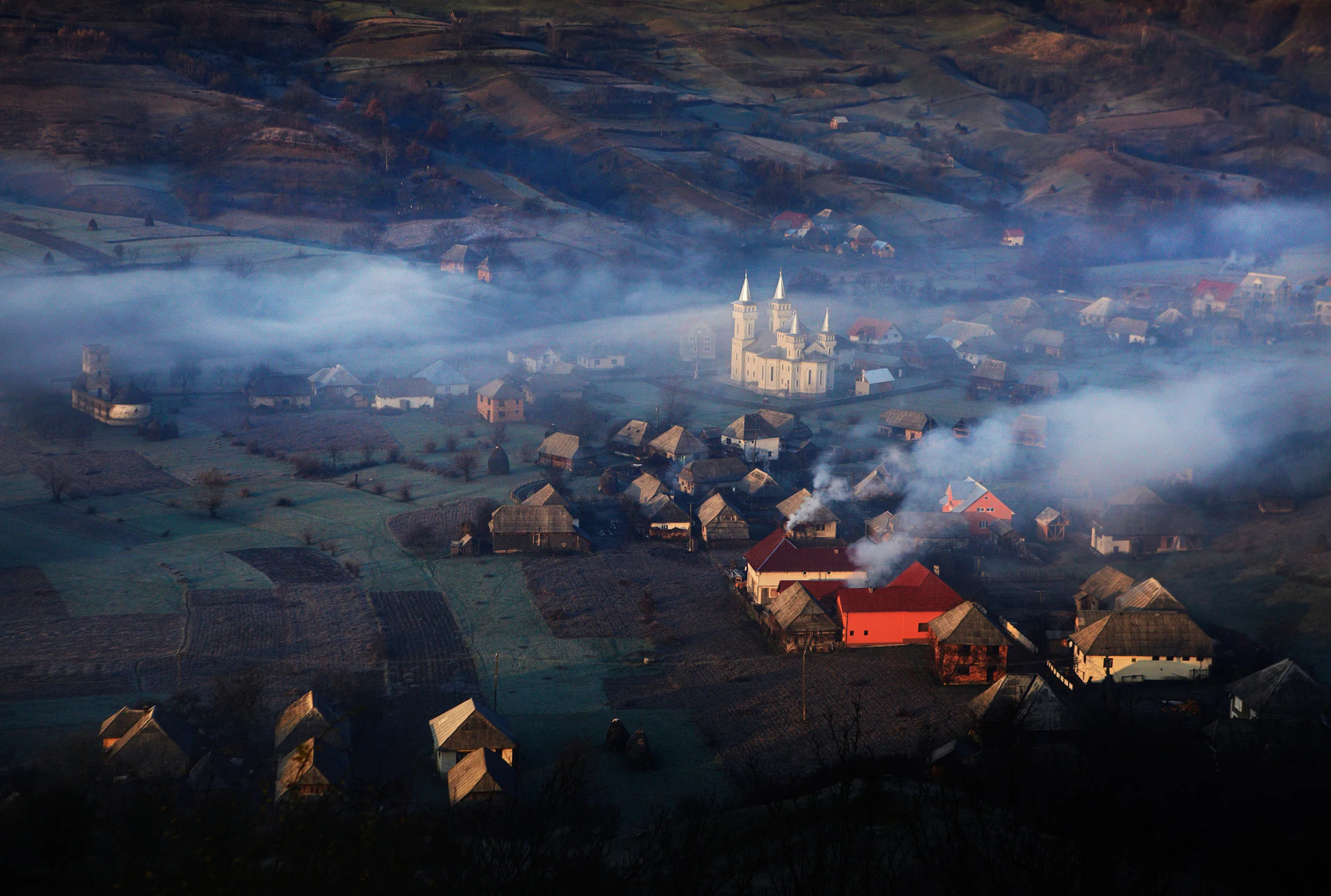Journey into rural Romania
Romania is a country of contrasts. The main of these comes from the disparity between the nation's rapidly developing, modernizing cities and towns and pockets of the countryside which exist in isolation from the modern, outside world.
While Transylvania's famous city of Brasov boasts supermarkets, chic cafes and a lively night scene, a mountain village by the name of Holbav, less than 50km away lacks sealed roads, electricity and running water.
Further North, along the road to the region of Maramures, crumbling wooden houses, farmers ploughing land with horses and families riding cattle-driven carts are a common sight. The experience of making the journey through these parts of Romania can be likened to going back in time.
There are problems which the lack of development brings to the countryside - unemployment, alcoholism and occasional lawlessness. However, the situation is far from being entirely negative. The forgotten, 'frozen in time' Romanian countryside is rich in culture, traditions and spirituality. The people have close bonds with their land, animals, the nature around them and ultimately with each other.
With Romania's joining of the EU it is uncertain how long rural Romania will remain 'undeveloped'. The face of many villages is already being reshaped by the youth who come back to invest in their birth places with money earned in cities or even abroad. Fewer traditional houses, more outside influences, as well as less time for traditions and culture are indications that despite still being 'a window into the past', rural Romania is on the verge of some very big changes.


























